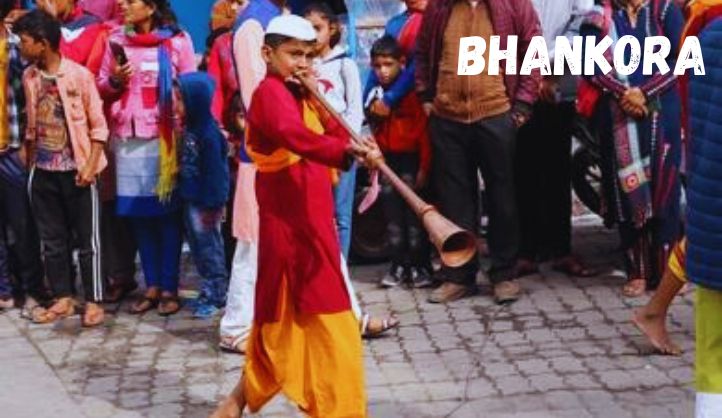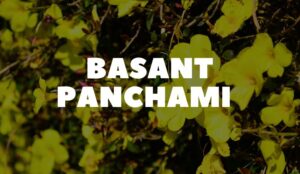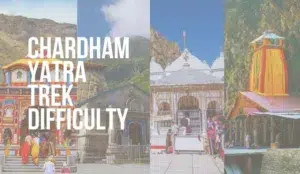Nestled amidst the serene hills and valleys of Uttarakhand lies a musical treasure that echoes through the ages – the Bhankora. This traditional wind instrument holds a significant place in the cultural tapestry of the region, playing a vital role in both spiritual rituals and festive celebrations. Let’s embark on a journey to discover the rich history, cultural significance, and captivating sounds of the Bhankora.
Unveiling the Bhankora
The Bhankora is a distinctive curved trumpet made from metal, often brass or copper. Its unique shape resembles a long, twisted horn, with a flared bell at one end and a mouthpiece at the other. The instrument ranges in size, from smaller versions used for personal performances to larger ones employed during community gatherings and festivities.
Cultural Significance
Spiritual and Religious Practices
In Uttarakhand, the Bhankora holds profound spiritual significance. It is traditionally used in Jagar ceremonies, which are nocturnal rituals dedicated to invoking deities and spirits. During Jagar, the Bhankora’s resonant tones pierce through the darkness, creating an atmosphere charged with devotion and mysticism. The haunting melodies played to connect the earthly realm with the divine, guiding participants into a trance-like state conducive to spiritual communion.
Festivals and Celebrations
The Bhankora is also integral to the region’s festive traditions. It accompanies processions during religious festivals such as Harela, Bhitauli, and Kauthig, where communities come together to celebrate agricultural harvests, worship local deities, and reaffirm cultural bonds. Its jubilant notes herald the arrival of festivities, infusing joy and vitality into the gatherings.
Craftsmanship and Playing Technique
Crafting a Bhankora requires skill and precision. Artisans meticulously shape and solder metal sheets to form the trumpet’s elegant curves and contours. The mouthpiece is carefully crafted to ensure optimal resonance and ease of playing. Traditionally, it is played standing, with the musician using controlled breath and embouchure to produce a range of melodious tones. The instrument’s versatile sound palette allows for expressive performances that captivate listeners and evoke deep emotions.
Preserving the Legacy
Despite the deep-rooted cultural importance, its traditional craftsmanship and playing techniques face challenges in the modern era. Efforts are underway to safeguard this musical heritage through workshops, cultural initiatives, and collaborations with artisans and musicians. These endeavors aim to pass down the art of making and playing to future generations, ensuring that its enchanting melodies continue to resonate through the hills of Uttarakhand.
Some other traditional instruments of Uttarakhand
- Dhol A double-headed drum played with sticks, used in various cultural and religious ceremonies.
- Dholki A smaller version of the dhol, often used in folk music and dance performances.
- Damaun is a smaller, handheld drum that complements the dhol in musical ensembles.
- Ransingha a trumpet-like wind instrument, also made from brass or copper, is often used on festive and religious occasions.
- Hurka is a cylindrical drum played with hands, commonly used in traditional folk music and dance.
- Majeera small hand cymbals are used to keep the rhythm and add a tinkling sound to the music.
Conclusion
The Bhankora stands as a testament to Uttarakhand’s rich cultural heritage, bridging the past with the present through its haunting melodies and spiritual resonance. As we immerse ourselves in the mystique of this traditional wind instrument, we gain a deeper appreciation for the role it plays in connecting communities, honoring traditions, and celebrating life’s rhythms. The enduring legacy reminds us of the importance of preserving and cherishing our cultural treasures, ensuring they continue to echo through the hills for generations to come.
FAQs About Bhankora Traditional Instrument of Uttarakhand
What is a Bhankora?
The Bhankora is a traditional wind instrument from Uttarakhand, crafted from brass or copper. It features a distinctive curved shape, with a flared bell at one end and a mouthpiece at the other. The instrument is used primarily in spiritual rituals and festive celebrations.
What is the cultural significance of the Bhankora in Uttarakhand?
The Bhankora holds deep cultural and spiritual significance in Uttarakhand. It is prominently used in Jagar ceremonies, where its haunting melodies are believed to invoke deities and spirits. Additionally, the accompanies festive processions during religious celebrations, adding joy and vibrancy to the gatherings.
How is the Bhankora played?
The Bhankora is played standing up. The musician uses controlled breath and embouchure techniques to produce melodious tones. The instrument’s curved shape and bell contribute to its unique sound, which ranges from resonant lows to bright highs.
What materials are used to make a Bhankora?
Bhankoras are traditionally made from brass or copper. Skilled artisans shape and solder metal sheets to form the trumpet’s distinctive curved design. The mouthpiece is crafted to optimize sound quality and ease of playing.
Where is the Bhankora typically played?
The Bhankora is played in various settings across Uttarakhand. It is most commonly heard during Jagar ceremonies held in villages and towns, as well as during religious festivals and community celebrations. Its melodic tunes resonate through the hills, enriching cultural traditions.





